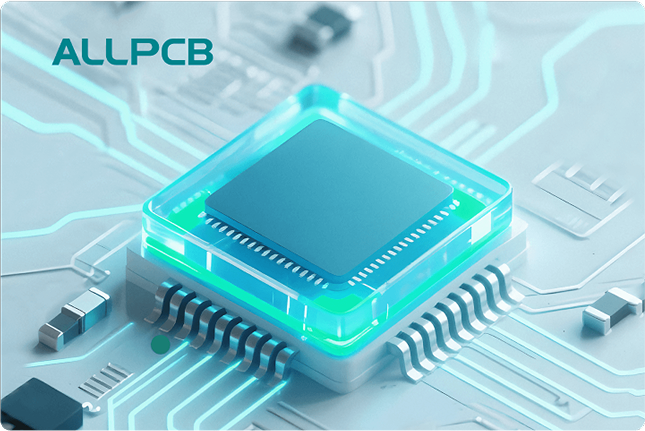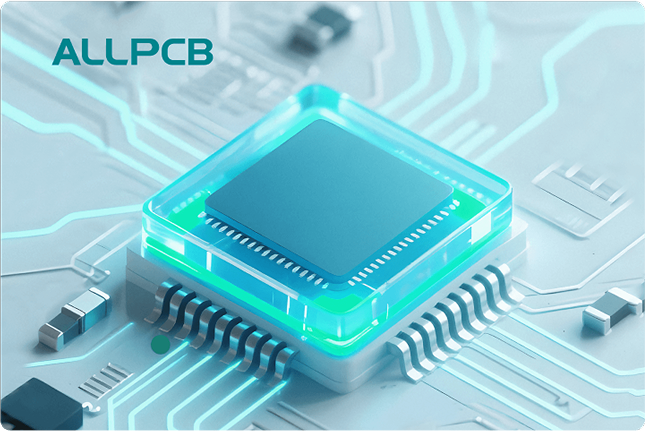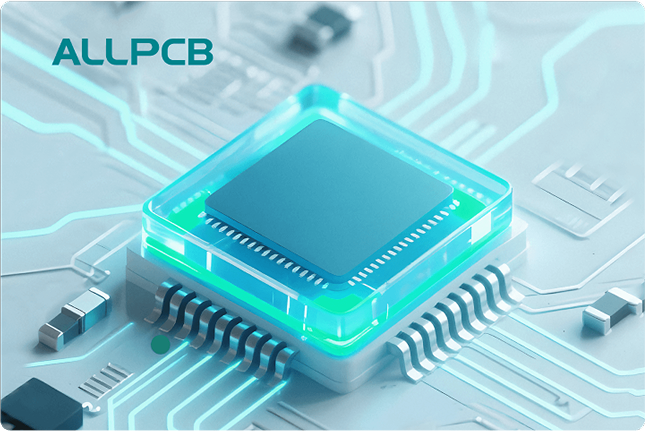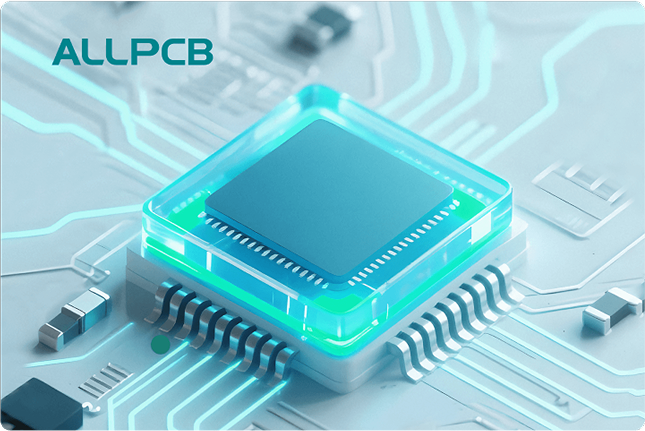In the fast-paced world of electronics manufacturing, ensuring the quality of printed circuit boards (PCBs) is critical. Automated Optical Inspection (AOI) systems play a vital role in detecting defects and verifying components during production. But did you know that proximity sensors are often an essential part of these systems? If you're searching for information on how a proximity sensor AOI system works or its role in proximity sensor PCB defect detection and proximity sensor component verification, you're in the right place. This blog will dive deep into the synergy between proximity sensors and AOI systems, explaining their importance, functionality, and benefits in PCB manufacturing.
What Are AOI Systems and Why Are They Important?
Automated Optical Inspection (AOI) systems are advanced machines used in electronics manufacturing to visually inspect PCBs for defects. These systems rely on high-resolution cameras, lighting, and software algorithms to identify issues such as soldering errors, missing components, or misalignments. By automating the inspection process, AOI systems save time, reduce human error, and ensure consistent quality in high-volume production.
In modern manufacturing, where PCBs are becoming increasingly complex with smaller components and tighter tolerances, manual inspection is no longer feasible. AOI systems can scan a board in seconds, detecting flaws that might be invisible to the naked eye. However, to achieve precise positioning and efficient operation, many AOI systems integrate additional technologies like proximity sensors. These sensors enhance the system's ability to detect and verify components with accuracy.

What Are Proximity Sensors and How Do They Work?
Proximity sensors are devices that detect the presence or absence of an object within a specific range without physical contact. They operate based on various principles, such as electromagnetic fields, infrared radiation, or ultrasonic waves, depending on the type of sensor. Common types include inductive, capacitive, and photoelectric sensors, each suited for different applications.
In the context of PCB manufacturing, proximity sensors are often used to detect the position of a board or component relative to the inspection equipment. For example, an inductive proximity sensor can detect metallic parts on a PCB, while a photoelectric sensor might identify the presence of a board as it moves along a conveyor. These sensors provide real-time feedback to the AOI system, ensuring that the inspection process is aligned and accurate.
By delivering precise data about the location and orientation of a PCB, proximity sensors help AOI systems focus their cameras and lighting on the correct areas. This not only improves the efficiency of the inspection but also reduces the risk of false positives or missed defects.
The Role of Proximity Sensors in AOI Systems
Proximity sensors play a crucial supporting role in AOI systems by enhancing precision and reliability. Let’s explore how they contribute to key aspects of PCB inspection, focusing on proximity sensor AOI system integration, proximity sensor PCB defect detection, and proximity sensor component verification.
1. Ensuring Accurate Positioning of PCBs
One of the primary functions of proximity sensors in an AOI system is to confirm the position of the PCB before inspection begins. If a board is misaligned on the conveyor or fixture, the AOI system’s cameras may capture incomplete or distorted images, leading to inaccurate results. Proximity sensors detect the edges or specific features of the PCB, signaling the system to adjust its focus or alert operators if repositioning is needed.
For instance, a photoelectric proximity sensor might use a beam of light to detect when a PCB enters the inspection area. If the sensor does not detect the board within a specified time frame, the system can pause the process, preventing errors. This ensures that every board is inspected under optimal conditions, improving overall quality control.
2. Enhancing Component Verification
In proximity sensor component verification, these sensors assist AOI systems by confirming the presence and placement of components on a PCB. While the AOI system’s cameras analyze visual details like component orientation and solder quality, proximity sensors can provide an additional layer of detection. For example, a capacitive proximity sensor can detect non-metallic components by sensing changes in the electric field, complementing the visual data captured by the AOI system.
This dual approach is particularly useful for verifying components with low visual contrast or those mounted in challenging positions. By combining proximity sensor data with optical inspection, manufacturers can achieve a higher level of confidence in their component placement checks, reducing the likelihood of defective products reaching the market.

3. Supporting Defect Detection
When it comes to proximity sensor PCB defect detection, these sensors help AOI systems identify issues that may not be purely visual. For example, a proximity sensor can detect if a component is lifted slightly off the board due to poor soldering, even if the visual appearance looks acceptable to the camera. By measuring the distance between the component and the PCB surface, the sensor can flag potential issues for further inspection.
In high-speed production lines, proximity sensors also help AOI systems maintain accuracy by ensuring that boards are inspected at the correct speed and alignment. If a board moves too quickly or is positioned incorrectly, the sensor can trigger a slowdown or stoppage, preventing blurred images or missed defects.
Benefits of Using Proximity Sensors in AOI Systems
Integrating proximity sensors into AOI systems offers several advantages for PCB manufacturers. Here are some of the key benefits:
- Improved Accuracy: Proximity sensors provide precise positional data, reducing the chances of misalignment during inspection. This leads to more reliable defect detection and component verification.
- Increased Efficiency: By automating the detection of PCB positioning and component presence, proximity sensors help AOI systems operate faster, keeping up with high-volume production demands.
- Reduced False Positives: Combining sensor data with visual inspection minimizes errors, ensuring that only genuine defects are flagged for rework.
- Cost Savings: Early detection of issues through accurate inspection prevents costly recalls or rework later in the production process.
These benefits make proximity sensors a valuable addition to any AOI setup, especially in industries where quality and reliability are non-negotiable, such as automotive, medical, and aerospace electronics.
Technical Insights: How Proximity Sensors Enhance AOI Performance
For engineers and technical readers, it’s worth exploring some specific ways proximity sensors improve AOI performance with measurable data. While exact specifications vary depending on the sensor and AOI system, here are some general insights:
- Detection Range: Most proximity sensors used in AOI systems have a detection range of 1 to 50 mm, allowing them to identify objects with high precision. For instance, a photoelectric sensor might detect a PCB edge within 2 mm of accuracy, ensuring perfect alignment for camera focus.
- Response Time: Proximity sensors typically have response times in the range of 0.5 to 5 milliseconds. This rapid feedback allows AOI systems to adjust in real-time, maintaining inspection speeds of up to 100 boards per minute in high-throughput environments.
- Compatibility: Sensors are often designed to integrate seamlessly with AOI software, transmitting data via standard protocols like I2C or analog signals. This ensures smooth communication between the sensor and the inspection system for immediate action.
These technical aspects highlight how proximity sensors contribute to the precision and speed of AOI systems, making them indispensable for modern PCB manufacturing.

Challenges and Considerations When Using Proximity Sensors in AOI
While proximity sensors offer significant advantages, there are some challenges to consider when integrating them into AOI systems:
- Environmental Interference: Factors like dust, humidity, or electromagnetic noise can affect sensor performance. Manufacturers must choose sensors with appropriate shielding or environmental resistance (e.g., IP67-rated sensors for dust and water protection).
- Calibration Needs: Proximity sensors require regular calibration to maintain accuracy, especially in high-precision applications. A poorly calibrated sensor could lead to incorrect positioning data, affecting inspection results.
- Cost: Adding proximity sensors increases the upfront cost of an AOI system. However, the long-term savings from improved quality control often outweigh this initial investment.
By addressing these challenges through proper sensor selection and maintenance, manufacturers can maximize the benefits of proximity sensors in their AOI setups.
Future Trends: Proximity Sensors and AOI Systems
As PCB manufacturing continues to evolve, so does the technology behind AOI systems and proximity sensors. Emerging trends include the use of smart sensors with built-in data processing capabilities, allowing for even faster and more accurate feedback. Additionally, the integration of artificial intelligence (AI) with AOI systems is enabling predictive defect detection, where proximity sensors play a role in gathering real-time data for AI algorithms to analyze.
Another exciting development is the miniaturization of proximity sensors, making them suitable for inspecting smaller and denser PCBs used in wearable devices and IoT applications. With these advancements, the synergy between proximity sensors and AOI systems will only grow stronger, paving the way for even higher standards of quality in electronics manufacturing.
Conclusion
Proximity sensors are a powerful ally in the world of Automated Optical Inspection systems, enhancing the accuracy and efficiency of PCB defect detection and component verification. Whether it's ensuring precise positioning, supporting proximity sensor PCB defect detection, or aiding in proximity sensor component verification, these sensors play a critical role in modern manufacturing. By integrating proximity sensors into a proximity sensor AOI system, manufacturers can achieve higher quality control, reduce errors, and keep up with the demands of complex PCB production.
Understanding the interplay between proximity sensors and AOI systems is essential for anyone involved in electronics manufacturing. With the right setup and maintenance, this combination can significantly elevate the reliability of your production process, ensuring that every PCB meets the highest standards of quality.
 ALLPCB
ALLPCB







